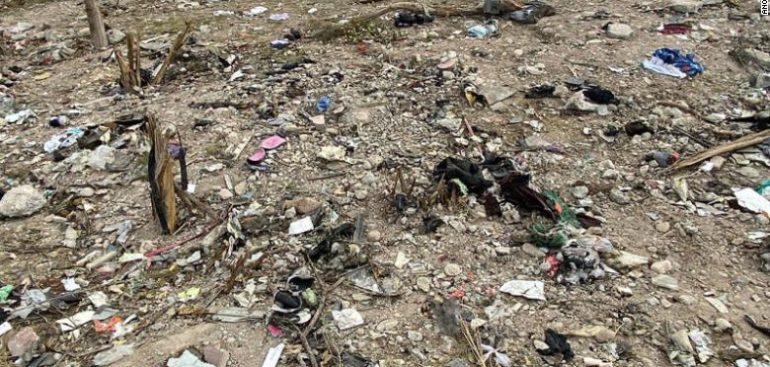When Israel launched its series of strikes against Iran last week, it also issued dire warnings about the country’s nuclear program, suggesting Iran was fast approaching a point of no return in its quest to obtain nuclear weapons and that the strikes were necessary to preempt that outcome.
But US intelligence assessments had reached a different conclusion: Not only was Iran not actively pursuing a nuclear weapon, it was also up to three years away from being able to produce and deliver one to a target of its choosing, according to four people familiar with the assessment.
Now, after days of Israeli airstrikes, US intelligence officials believe that Israel may have set back Iran’s nuclear program by only a matter of months, according to one of those people, a US official.
Even as Israel has done significant damage to Iran’s facility at Natanz, a second, heavily fortified enrichment site at Fordow has remained effectively untouched.
Israel lacks the capability to damage Fordow without specific US weapons and aerial support, defense experts say.
The International Atomic Energy Agency, a top international watchdog, said last week that Iran had amassed enough uranium enriched at levels just below weapons-grade to potentially make nine nuclear bombs.
The challenge, for Iran, is producing not merely a crude nuclear weapon – which experts say Iran could potentially do within the space of months if it decided to – but also producing a working delivery system, which could take much longer.
As US intelligence officials – and the IAEA – work to assess the damage Israel has caused to Iran’s nuclear architecture, there is some concern that the blitz might cause Iran to do what US officials believe it hasn’t up until now: pursue weaponization.


